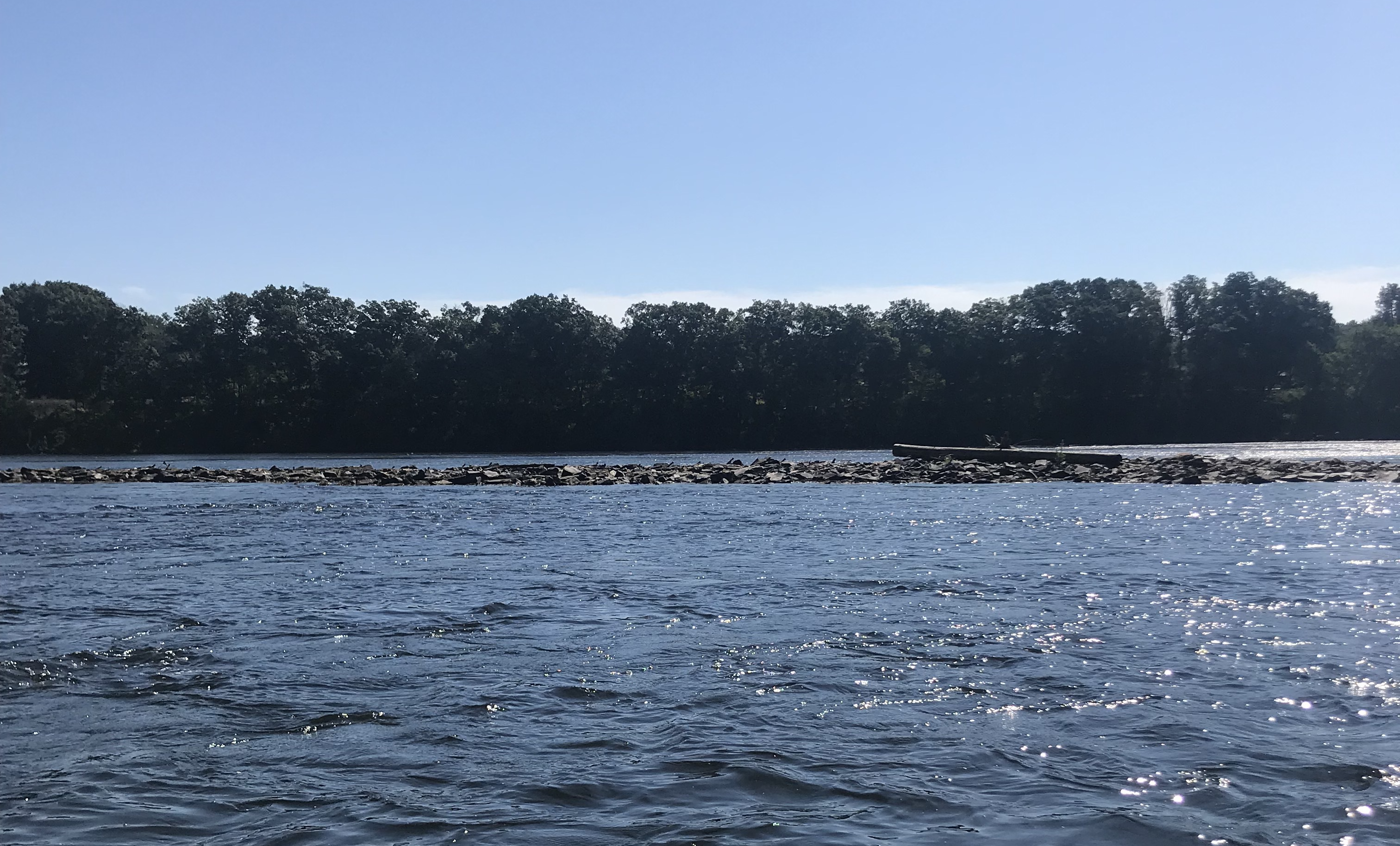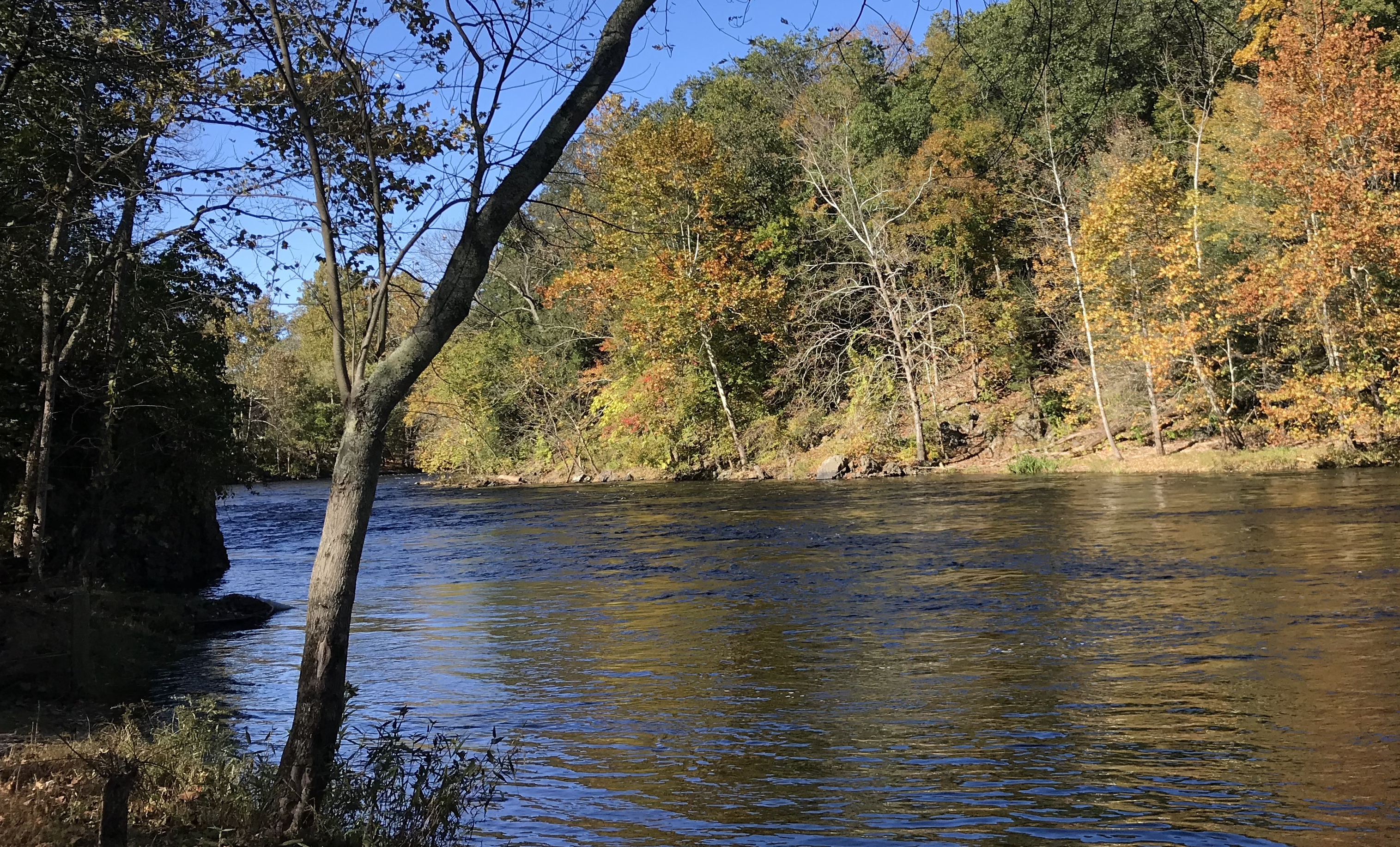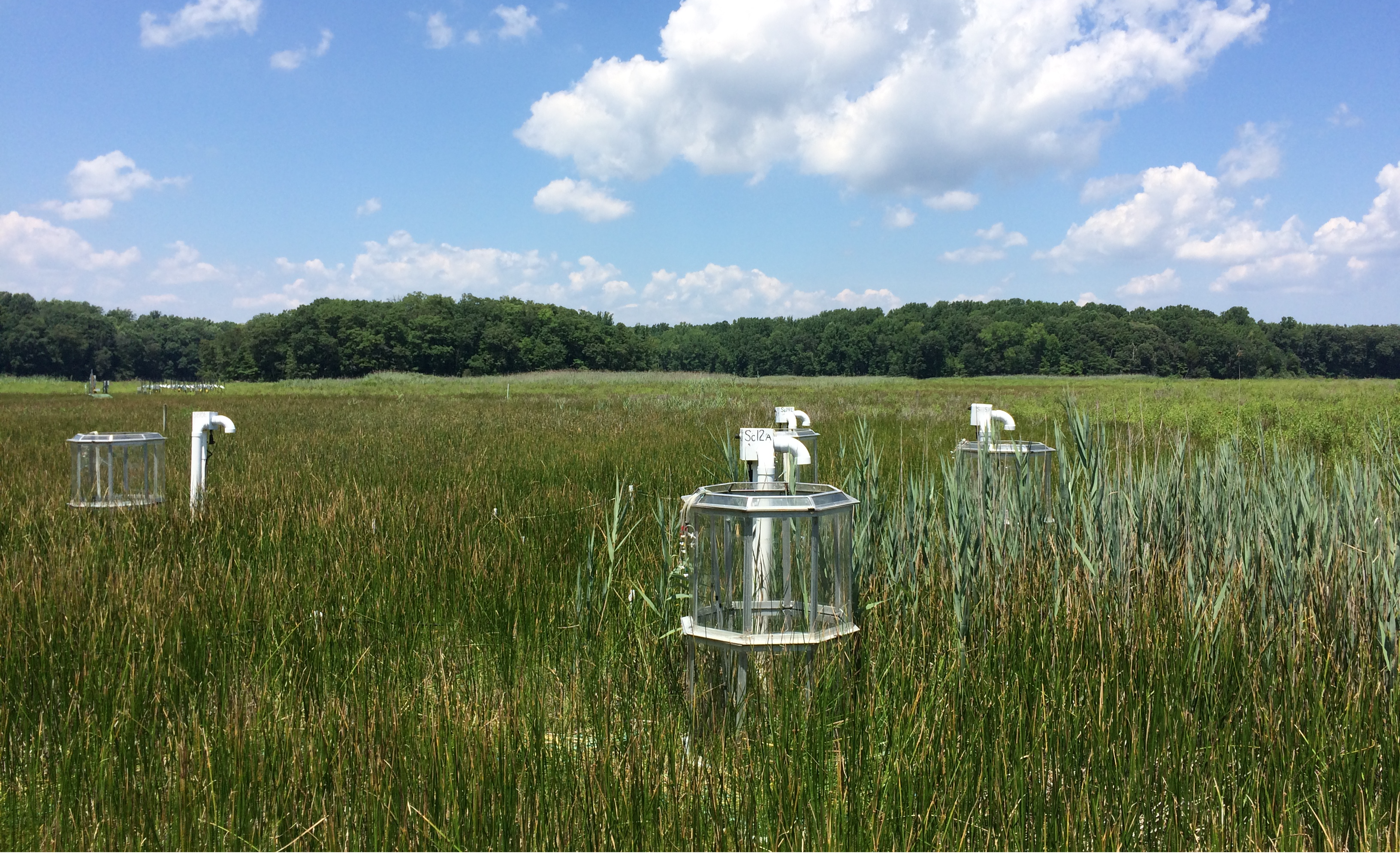Does photomineralization of dissolved organics matter in temperate rivers?
Maavara, T., Logozzo, L., Stubbins, A., Aho, K., Brinkerhoff, C., Hosen, J., Raymond, P.
July 2021 · Journal of Geophysical Research: Biogeosciences

Sunlight can oxidize dissolved organic carbon (DOC) to dissolved inorganic carbon (DIC) in freshwaters. The importance of complete photooxidation, or photomineralization, as a sink for DOC remains unclear in temperate rivers, as most estimates are restricted to lakes, high latitude rivers, and coastal river plumes. In this study, we construct a model representing over 75,000 river reaches in the Connecticut River Watershed (CRW), USA, to calculate spectrally resolved photomineralization. We test the hypothesis that photomineralization is a negligible DOC sink across all reaches and flow conditions relative to DOC fluxes. Our model quantifies reaction rates and transport drivers within the river reaches for the ranges of flow conditions, incoming solar irradiance, and canopy cover shading observed throughout the year. Our model predicts average daily areal photomineralization rates ranging from 1.16 mg-C m−2 day−1 in low flow river reaches in the winter, to 18.33 mg-C m−2 day−1 in high flow river reaches during the summer. Even for high photomineralization fluxes, corresponding photomineralization uptake velocities are typically at least an order of magnitude smaller than those reported for other instream processes. We calculate DOC elimination by photomineralization relative to DOC fluxes through individual stream reaches as well as the entire riverine portion of the CRW. We find that relative photomineralization fluxes are highest in summer drought conditions in low order streams. In median flows and mean light intensities, for an average watershed travel distance, 3%–5% of the DOC fluxes are eliminated, indicating that photomineralization is a minor DOC sink in temperate rivers.




